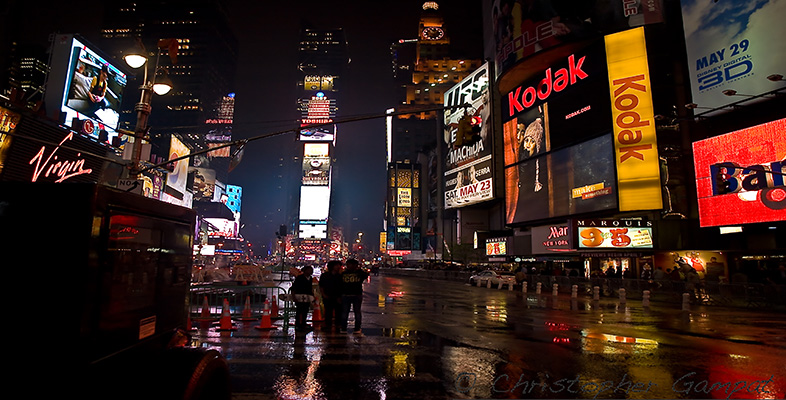3.4 Embracing brand benefits
Next we explore in more detail how Disney embraces the brand benefits. You will see how the Disney brand is an asset, serving as a source of business guidance, shaping internal culture and instilling customer loyalty by delivering an unforgettable customer experience. Such practices distinguish the brand from competing brands, giving it a solid position in the market.
Case study: the Disney brand

The Walt Disney Company, together with its subsidiaries and affiliates, is a leading diversified international family entertainment and media enterprise with five business segments:
- media networks
- parks and resorts
- studio entertainment
- consumer products
- interactive media.
The Disney brand stands for consistently delivering ‘quality, creativity and great storytelling’ (Interbrand, 2012).
The Disney brand as business guidance
The Disney brand is central to the business. The brand and what it stands for provide important business guidance and focus. The definition of the Disney brand is a compass for managers to make decisions aligned with the company’s strategic priorities:
Creating high-quality family content, making experiences more memorable and accessible through innovative technology, and growing internationally.
(Source: The Walt Disney Company, 2011, p. 1)
Attracting the right employees and shaping internal culture
As a consumer brand the word Disney is invaluable in attracting the right kind of employees who love the brand and want to contribute to its legacy. Therefore the brand is reflected in recruitment practices which try to match the potential employee, the brand and the experience it provides. For example, in a recruitment advertisement for cast members (employees) for Disneyland Paris you may read:
Could you imagine being able to wear the beautiful costumes from the wonderful world of Disney or even be part of the magic of our parades and shows? We offer you an exclusive invitation to make these dreams come true and see the magical sparkle in our guests’ eyes, all this thanks to you and your talents, whatever they may be…
(Source: Disney, 2012c)
Employees receive training about the brand and its overall promise i.e. what it stands for. Employees ‘practise’ the brand and their motivation is key to the brand performance. They are compelled to consider the effect that their actions and decisions may have on the brand.
The company culture is aligned with the brand promise. That is, it is aligned with the unique aspects that differentiate the brand. The company characterises its culture as entailing:
- Innovation
Commitment to a tradition of innovation and technology
- Quality
Striving to set a high standard of excellence and maintaining high-quality standards across all product categories
- Storytelling
Timeless and engaging stories to delight and inspire
Connecting to the market through customer experience and loyalty
Disney works hard to sustain lifelong relationships with customers, continually expanding product and service offerings and maintaining its brand consistency. In particular, Disney aims to build a strong base of loyal customers.
The key to brand loyalty is to understand the emotional connection that customers have with the brands and products they love and then respecting and cultivating that connection. One way to achieve customer loyalty is through the employees at Disney’s theme parks where the company offers unique destinations built around storytelling and immersive experiences for family entertainment. These theme parks are located around the world (e.g. in the USA, Europe and Asia). Walt Disney (the founder of Disney Inc.) determined from the start that, in the theme park, people would be treated not just as paying customers but as ‘guests in our own home’.
Walt Disney understood that if guests knew and believed that everyone in the organisation cared about them and their business, they would be loyal to Disney forever. Consequently, Disney theme park employees are empowered to create spontaneous magical moments for guests. Some of these are orchestrated and executed on a daily basis. The magical moments are supported by different programmes/actions such as guest of the day, honorary badges and titles.
For Disney employees the guest experience is most important. Positive interactions delivered consistently and sincerely (to show authenticity) on a personal level result in lasting memories and an emotional connection to the brand.
Stop and reflect
Often organisations assimilate the brand benefits in different ways, sometimes underestimating the brand’s potential. For example, a small organisation may essentially consider its brand as legal protection and overlook some of the other benefits such as product and overall offering differentiation.
Consider your organisation’s brand(s).
- What type of benefits do brands have for your organisation?
- How can those and other benefits be developed?
You may have recognised that the Disney brand is not defined by its products (e.g. theme parks, television channels, etc.) but in terms of customer experiences. This connection of the brand to the market is an essential part of branding. In the next section we will look at the benefits that brands may have for consumers.
